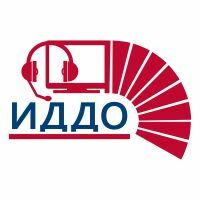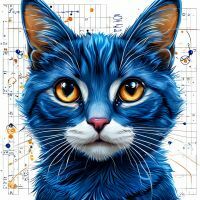Ответ на вопрос №40047: Match the tests and their descriptions: A. Structure of Intellect Divergent Thinking Test B. “Guilfordian” Tests C. Torrance Tests of Creative Thinking (TTCT) D. Remote Associates Test E. This model covers 180 (6x5x5) intellectual abilities organized along three dimensions namely; operations (evaluation, convergent production, divergent production, memory, cognition), contents (visual, auditory,Match the tests and their descriptions: A. Structure of Intellect - Ответ на вопрос №40047Match the tests and their descriptions: A. Structure of Intellect - Ответ на вопрос №40047
2024-03-142024-03-14СтудИзба
Match the tests and their descriptions: A. Structure of Intellect - Ответ на вопрос №40047
Вопрос
Match the tests and their descriptions:A. Structure of Intellect Divergent Thinking Test
B. “Guilfordian” Tests
C. Torrance Tests of Creative Thinking (TTCT)
D. Remote Associates Test
E. This model covers 180 (6x5x5) intellectual abilities organized along three dimensions namely; operations (evaluation, convergent production, divergent production, memory, cognition), contents (visual, auditory, symbolic, semantic, behavioral) and products (units, classes, relations, systems, transformation, implications).
F. Wallach and Kogan argued that creativity tests should be administered in a game-like environment and should not apply time limitations. With this in mind, they focused on assessing creativity in children and developed the Instances Test (list as many things that move wheels, things that make noise) and the Uses Test (tell me the different ways you can use a knife, tire or like).
G. < … > was developed for research and to provide a tool that can be used to individualize the instruction.
H. Mednick, proposed a different perspective to creativity assessment and instead of solely focusing on divergent thinking he argued that convergent thinking should be taken into consideration too. Mednick believed that creative people are able to produce original ideas because they have the ability to form associations in their minds. Mednick analyzed the creative process through stimulus-response (S-R) perspective, he thought producing unusual or original responses to a stimulus required creativity and defined creativity based on this point of view.





















